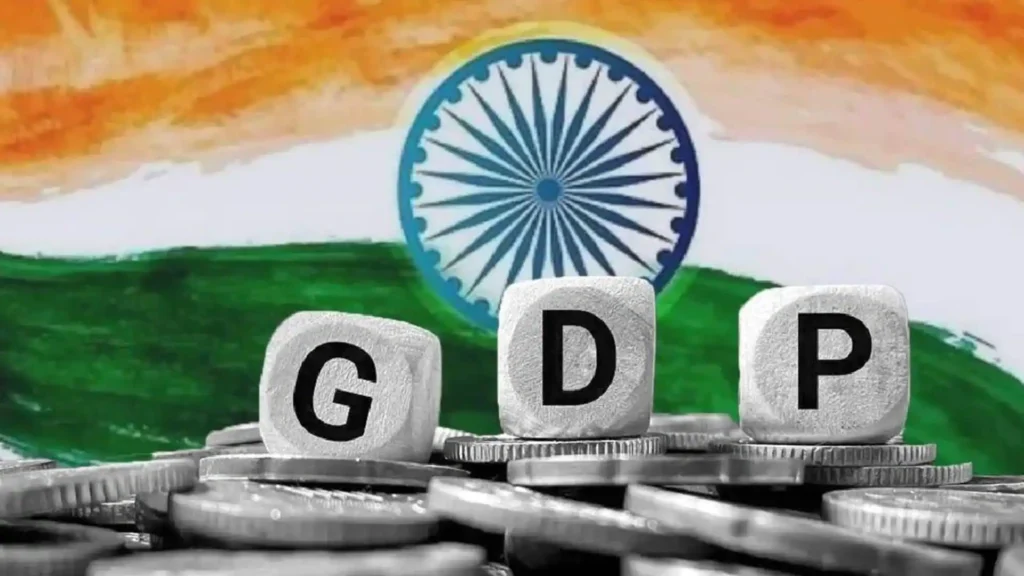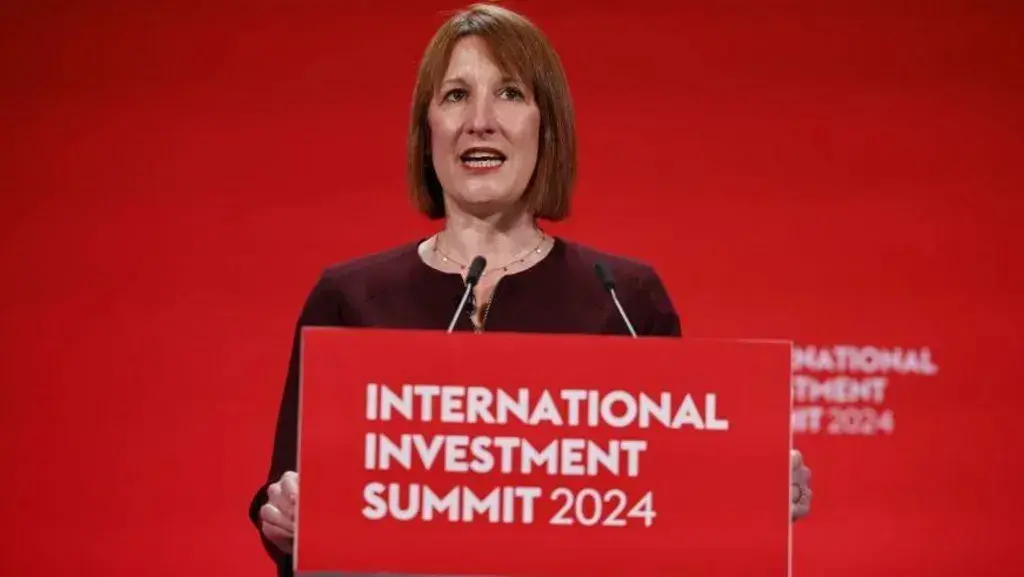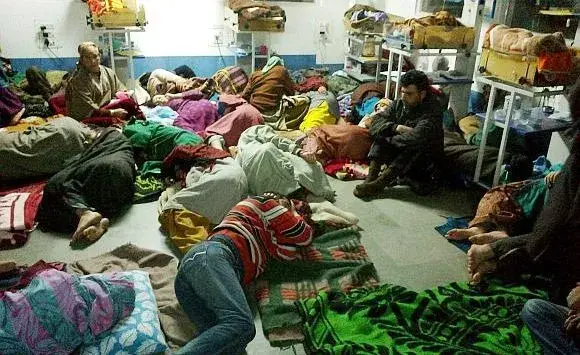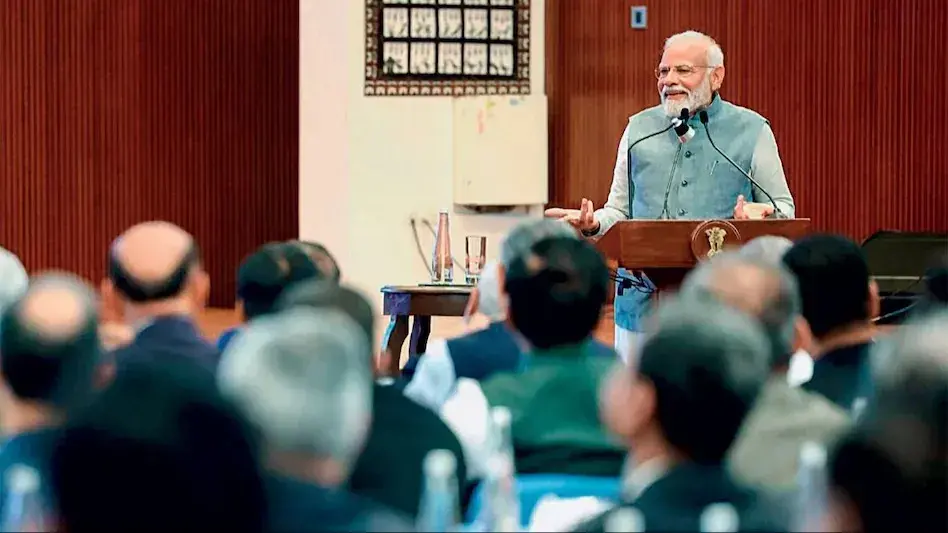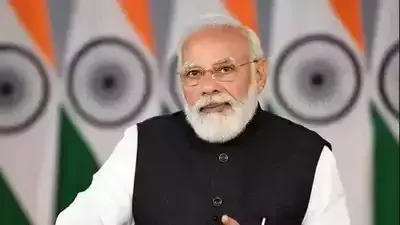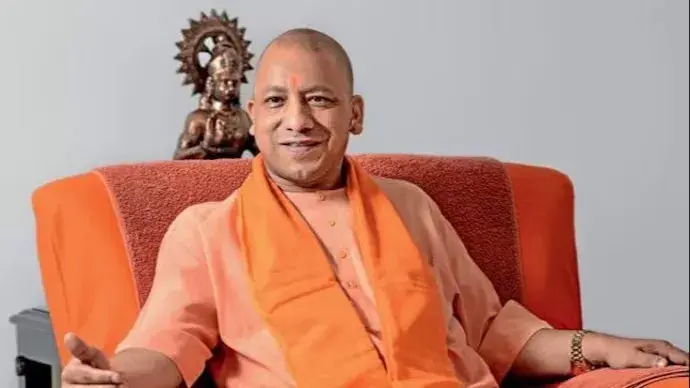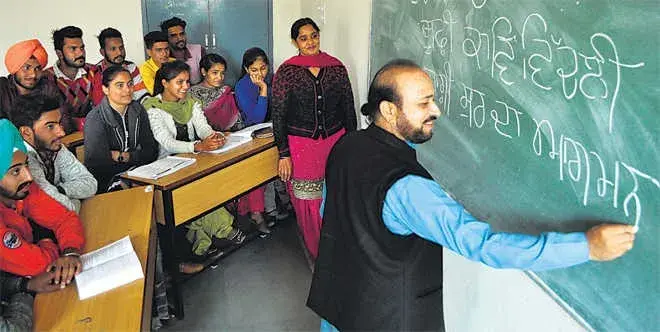India Posts 7.8% Growth in April–June, Services and Manufacturing Fuel Expansion
India’s economy surged 7.8% in the April–June quarter of FY 2025-26, outpacing expectations and reinforcing its status as the fastest-growing major economy worldwide. Robust demand, thriving services, and steady manufacturing are driving the momentum, placing the nation firmly on track to achieve a projected $7.3 trillion GDP by 2030 and secure its spot as the third-largest global economy. Broad-based growth across sectors India’s real GDP for Q1 FY26 stood at ₹47.89 lakh crore, up from ₹44.42 lakh crore last year, marking a significant improvement from the 6.5% growth recorded in the same period of 2024-25. On the supply side, agriculture grew 3.7% on the back of strong monsoons, manufacturing expanded 7.7%, construction advanced 7.6%, while services surged 9.3%. Gross Value Added (GVA) rose 7.6%, underscoring a widespread economic rebound. Economic Affairs Secretary Anuradha Thakur highlighted that growth is anchored in “strong fundamentals and resilient domestic demand,” citing steady gains across all key sectors. Services remain the star performer The services sector continued to shine with 9.3% growth, buoyed by trade, transport, hotels, communication, real estate, financial services, and public administration. Private consumption rose 7%, aided by higher employment, easing inflation, and healthier rural demand, while government spending grew nearly 10% in nominal terms. Industrial revival and GST milestone Industrial activity strengthened, with the Index of Industrial Production rising 3.5% in July, compared to 1.5% in June. Manufacturing led the uptick, particularly in metals, electrical equipment, and mineral products. Meanwhile, GST marked its eighth anniversary in July 2025, with over 1.52 crore active registrations. States such as Uttar Pradesh, Maharashtra, Gujarat, Tamil Nadu, and Karnataka accounted for almost half of total registrations. Women entrepreneurs are becoming increasingly significant, making up 20% of taxpayers, with 14% of firms entirely women-owned. Upcoming GST reforms in October aim to lower essential taxes, simplify compliance for MSMEs, and boost transparency. Investment and foreign inflows Government-led infrastructure spending continues to support growth, with capital outlay reaching ₹10.52 trillion in FY25. Private investment has picked up pace, backed by improved business sentiment and capacity expansion. India attracted $81 billion in foreign inflows in FY25, pushing cumulative FDI since 2000 past $1 trillion. Equity inflows grew 27% year-on-year, while forex reserves remained robust at $695.5 billion in July, briefly crossing the $700 billion mark in June. Inflation relief and jobs boost Inflation dropped sharply to 1.55% in July 2025, the lowest since 2017, with food inflation turning negative. RBI Governor Sanjay Malhotra credited healthy harvests and adequate supplies for the moderation, noting stable inflation should further spur demand. The labour market also showed resilience, with unemployment falling to 5.2% in July. Rural unemployment was 4.8%, compared with 6.8% in urban areas. Youth unemployment declined to 10.2%, below the global average. Female labour force participation has doubled over the past six years to 41.7%, signalling a structural shift. Reforms and outlook Government programs such as the Production Linked Incentive (PLI) scheme, Digital India, Bharat 6G Vision, PM Viksit Bharat Rozgar Yojana, and GatiShakti are fuelling manufacturing, digitalisation, and employment. Initiatives in financial inclusion, skilling, and logistics are also strengthening India’s growth base. Global agencies remain optimistic—IMF and UN project over 6% growth in the coming years, while S&P recently upgraded India’s sovereign rating for the first time in 18 years. Looking ahead, India’s economy is poised to cross the $5 trillion threshold by 2027, and $7.3 trillion by 2030. Policymakers will, however, need to balance growth with stability while ensuring inclusive benefits across regions and demographics. Source: DD News
India Posts 7.8% Growth in April–June, Services and Manufacturing Fuel Expansion Read More »

